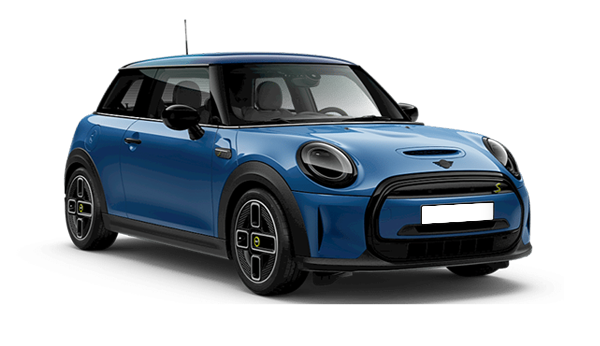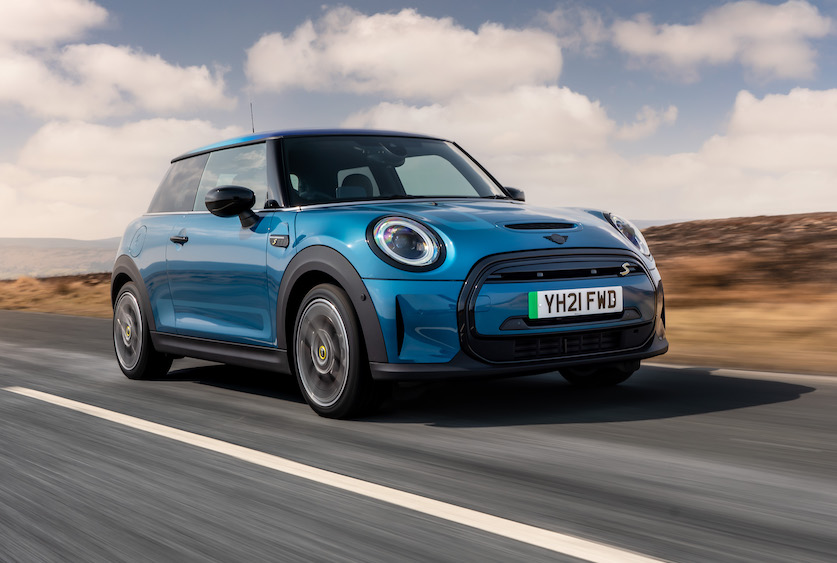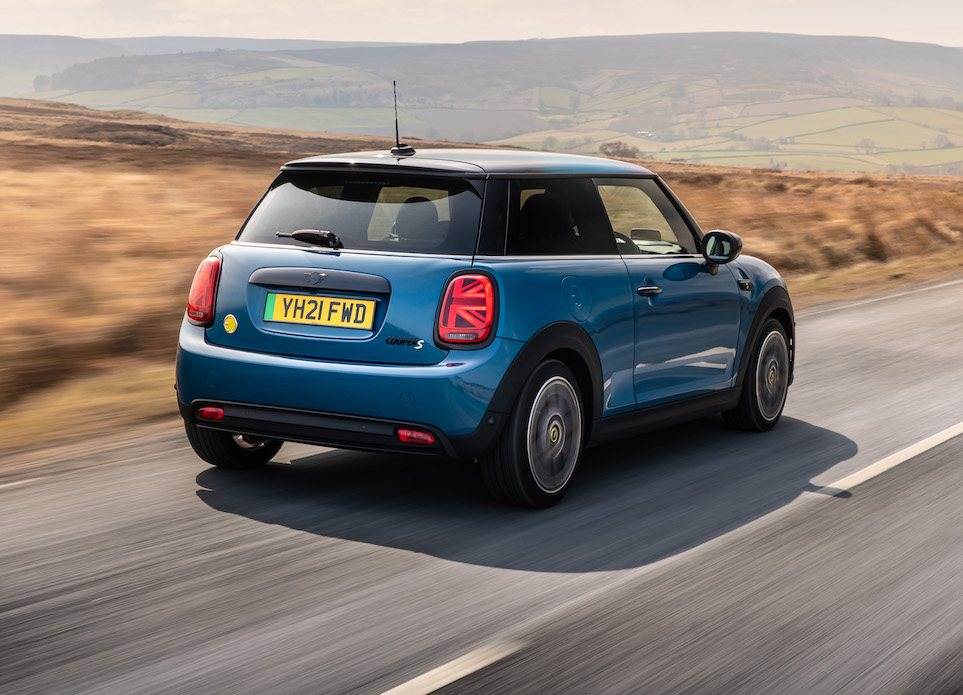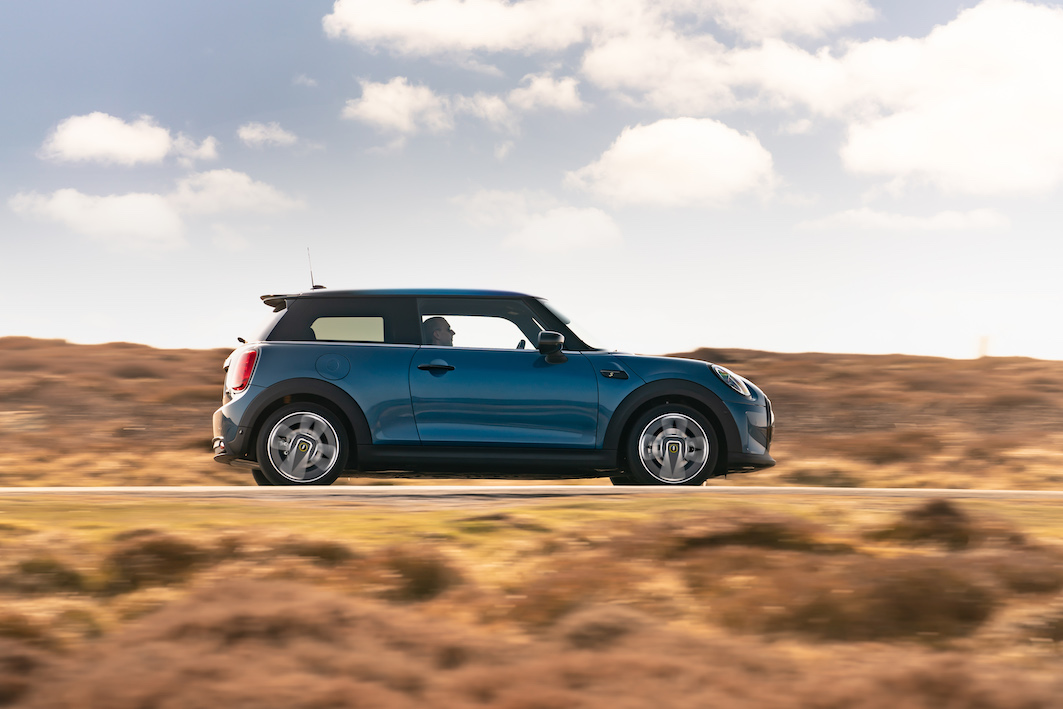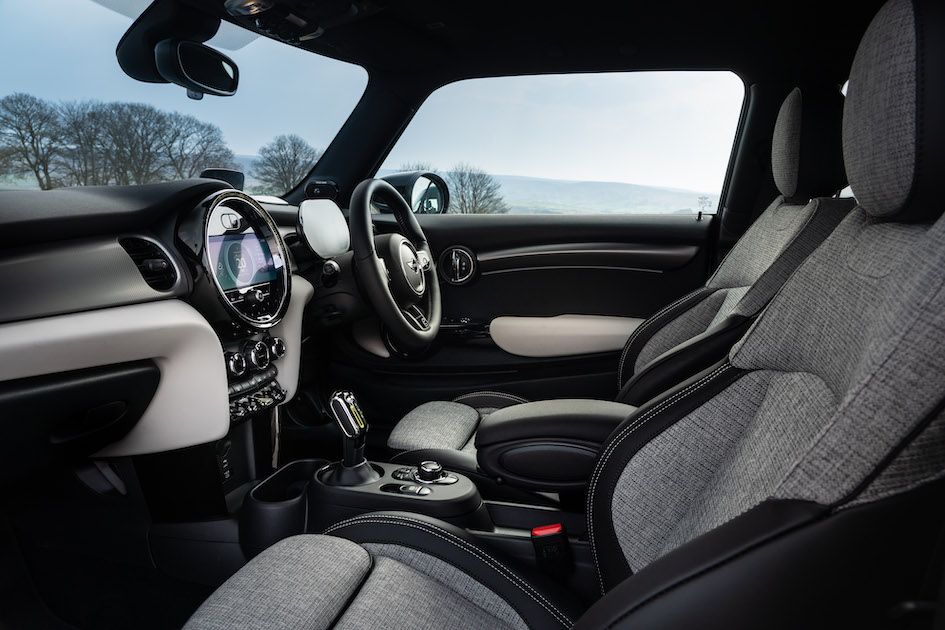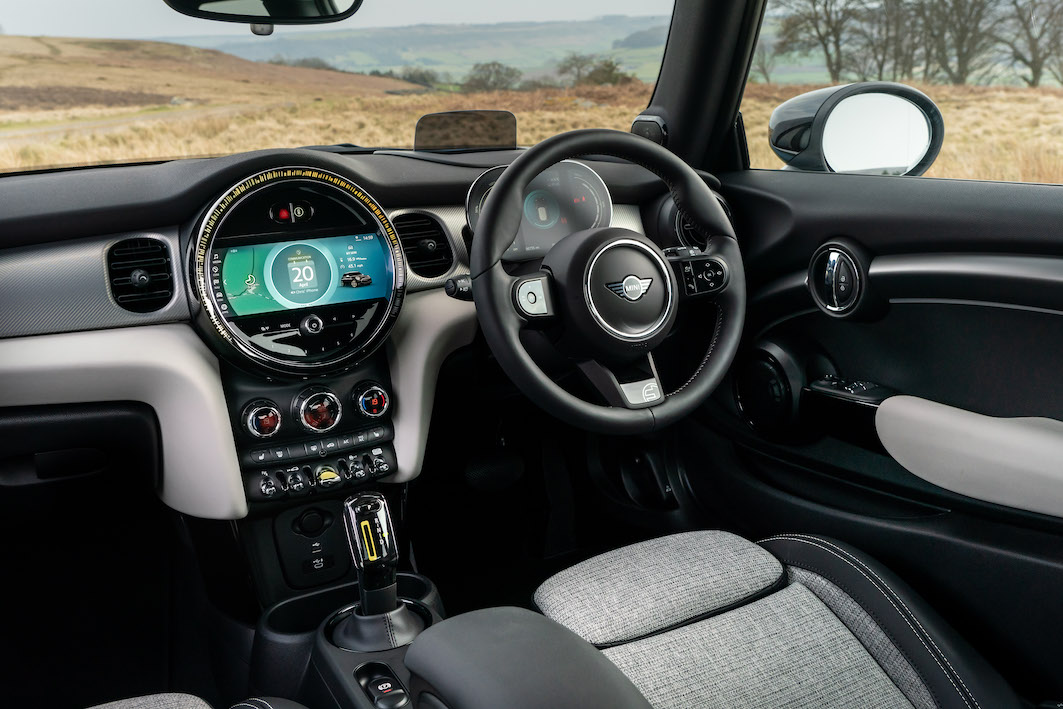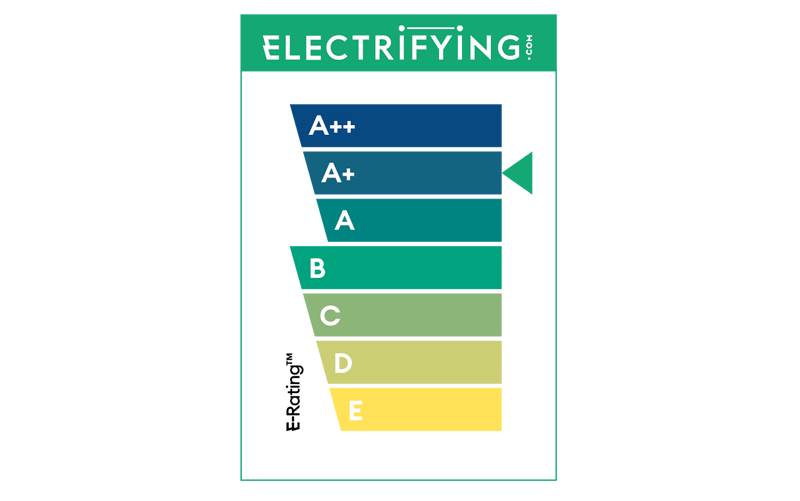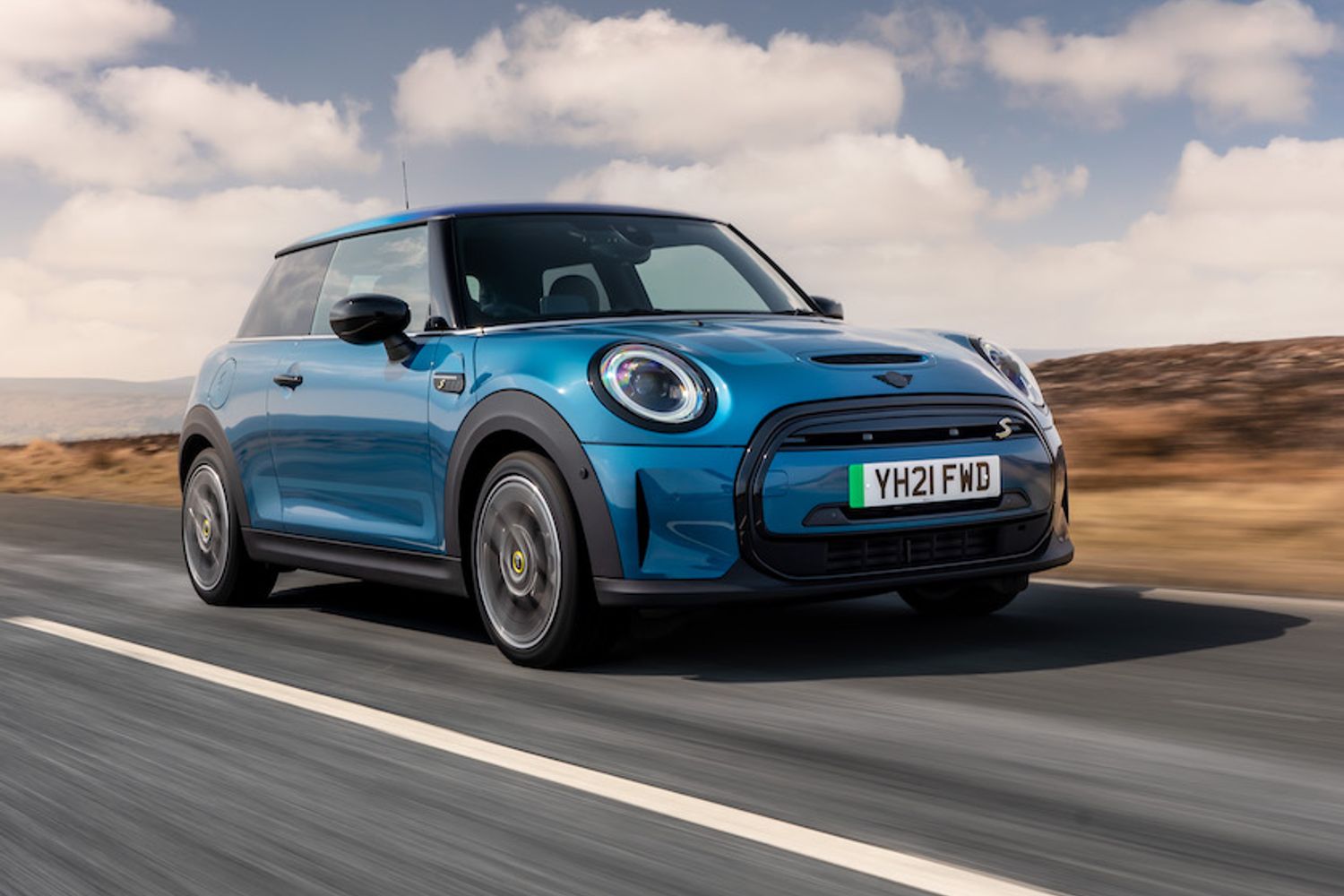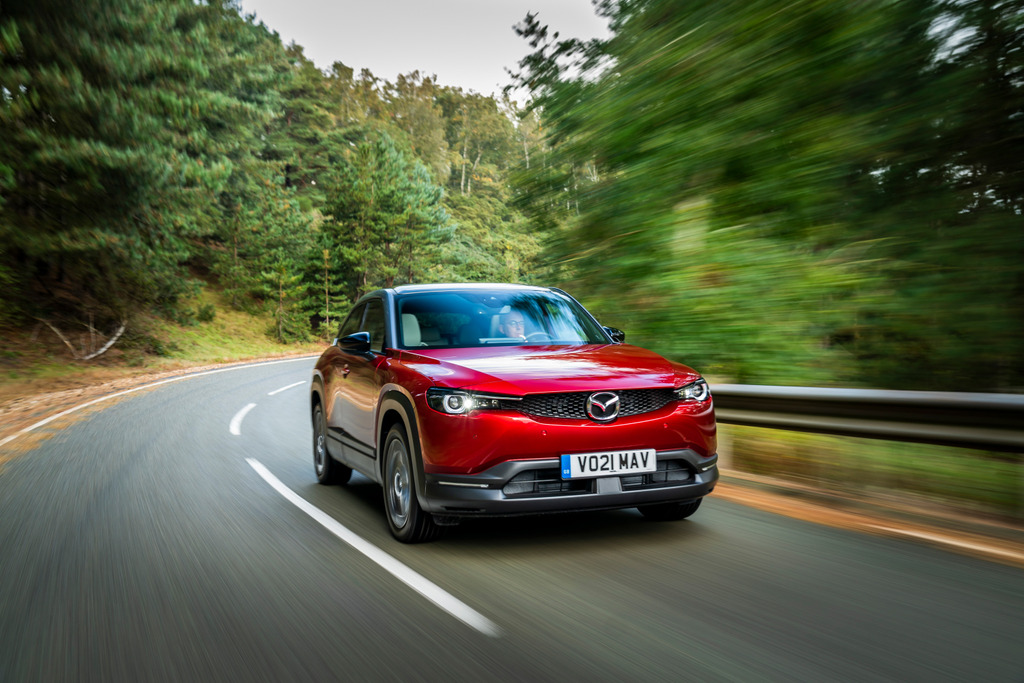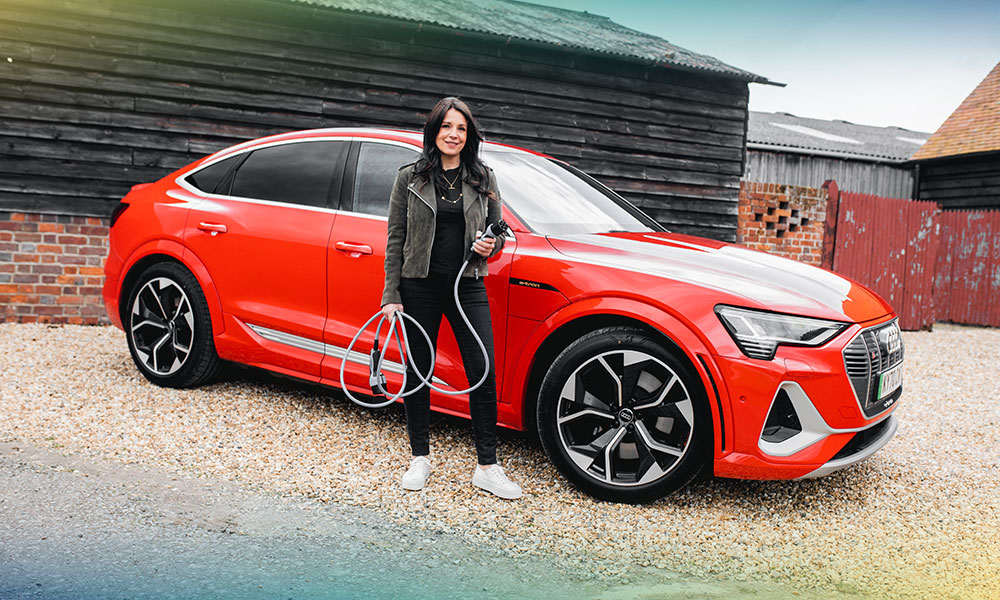There’s another reason for the cost being lower than you might expect though – the battery. Rather than try and match the long-range power packs offered by rivals, MINI has settled on a comparatively small (32.6kWh) battery which means you’ll need to plug in after around 145 miles – or fewer in less-than-ideal conditions. This might be plenty for you, but it does mean the MINI’s key rivals such as the Nissan Leaf, Kia Soul, Vauxhall Corsa-e and even the cheaper Renault Zoe will all go further. The MINI does beat the 136 miles claimed from Honda’s e though, despite the Japanese car having a slightly larger 36kWh battery.
Where the MINI claws back some advantage over most rivals is on quality. The interior has the characterful look we’ve come to expect from a MINI, with features that manage to look bang-up-to-date and a bit retro at the same time. It certainly looks and feels more special than ‘normal’ competitors.
The exterior is instantly recognisable as a MINI and has a few little details which mark it out as an electric model without shouting about it. That might appeal to some drivers who don’t appreciate the wild styling of a car like the BMW i3 or Toyota Prius.
The electric version drives in much the same way as any MINI. So, it’s fun, with steering that feels as though it’s truly connected to the wheels, so small inputs result in quick changes of direction. It’s pretty fast too, especially from a standstill. Owners swapping from the sporty Cooper to an Electric won’t be disappointed.
The MINI, then, is a welcome addition to the electric car party but it’s not without its compromises. If you can live with the fact that it’s only available as a three-door and don’t need the extra range then it’s funky looking, drives well and has a sense of quality that’s a cut above rivals.












